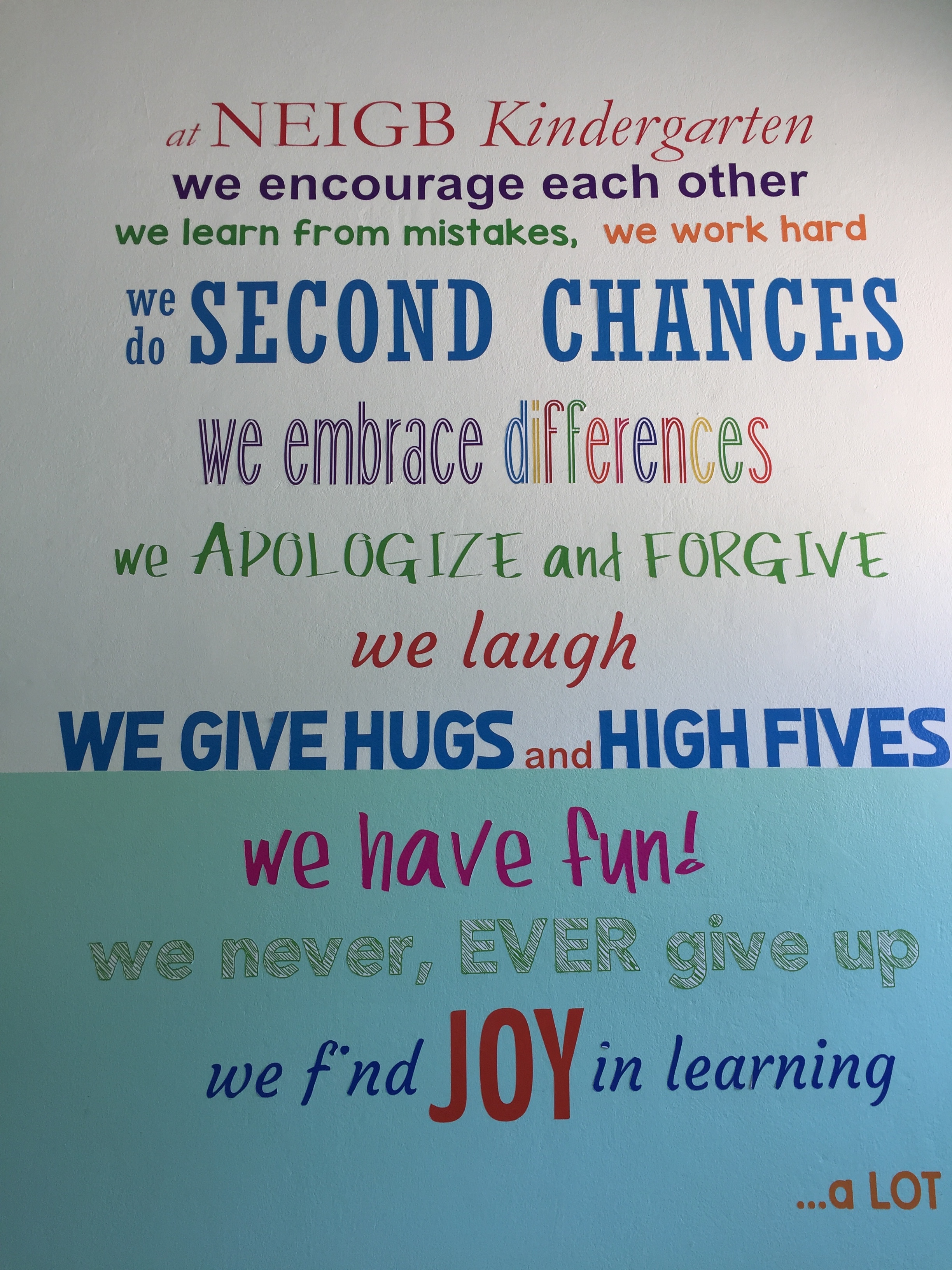Lebanon: Day Eight - I Am Waiting for My Children
by Evangeline Paschal, for the team
“We don’t call it a crisis, because a crisis usually lasts just a short time.”
A woman from Mhardeh is sharing with us her story of how hope has figured in her life. Standing before all of us during our morning worship period, she explains that life has presented her with many hardships since she married a few years ago. First, her new husband suffered serious health problems. And now she lives in an area of Syria, north of Hama, that has seen heavy fighting. Her house has been hit twice during the fighting, and just last week there was an explosion that destroyed 65 houses in her town. Her family is afraid to leave, though, because they worry that if they do their home will be confiscated, and they will have nothing to return to. For this sister, just attending this conference is an expression of hope.
Maysaa, from Hama speaks next. She told us that when she attended the conference last year, she was in despair. Her family had invested their money in her son’s dental clinic, which was robbed just before last year’s conference. It was one of a rash of robberies plaguing her town which, like Mhardeh, has been especially hard hit by the Syrian civil war. In an instant, her dream for her son disappeared. At the 2017 conference the women prayed for her, sharing her faint hope that the thief would be caught. This year she has some good news: the police recently apprehended the thief, and there is now hope that her family may be able to recover some of what was lost. These stories paint a picture of hardship and hope walking hand in hand. They may be uneasy companions but so long as they are yoked together, the journey of faith continues.
With this image in mind, we boarded three buses for a field trip to Sidon, an ancient coastal port south of Beirut that is now Lebanon’s third largest city. Our destination was the National Evangelical Institute for Girls and Boys, which is one of six private schools that the National Evangelical Synod of Syria and Lebanon owns in Lebanon. These are not refugee schools, but rather tuition-based academies serving students in elementary grades through high school and teaching both Lebanese and American curricula. Sitting in a large courtyard under some very welcome shade trees, we munched on coffee cake and cookies while the president of the school, Dr. Roger Dagher, briefly explained the history of the school and its current status. It was founded in 1862 by Reverend William Eddy as a girls’ school – the first school for girls permitted in the Ottoman empire. A boy’s school was later founded, and the two schools eventually combined. In 1959 the school came under the auspices of the Synod.
While the school is owned by the Synod, over 90 percent of the students are Muslim including many students from the large neighboring Palestinian camp. Their families are attracted by the established and excellent reputation of the Synod’s schools. There are currently about 1,650 students enrolled, which is below historical averages. In part this may be due to a recent law in Lebanon mandating a 40 percent increase in teachers’ salaries, which has necessitated a rise in tuition. But a major challenge to enrollment has been posed by the uptick in charitable Islamic schools offering free or heavily subsidized schooling. Maintaining NEIGB’s competitive edge is important in two key respects. The Synod’s schools are a major source of operating income for the Synod. But looking more to the long-term, the schools play a key mission role in fostering a positive image for Christian values and teaching, spreading Christ’s message through example and community. The school’s core principles painted on a stairwell wall bear witness to these values: we encourage each other . . . we embrace differences . . . we apologize and forgive . . . we never, ever give up.
After feasting on lunch generously prepared by the staff of the school, we were off to visit the old Sidon souk and caravanserai and tour a small museum dedicated to the historic practice of soap-making. By the end of the tour the late-afternoon heat was stifling, but we still had one more stop: the church of Magdouche. Situated on a hill overlooking the sea, this Greek Orthodox church commemorates local lore that Mary, mother of Jesus, waited in a grotto at this place while Jesus ministered in this area. Outside the chapel on the supposed site of the grotto sits a statute of Mary with plaintive, searching eyes. “I am waiting for my children,” reads the nearby plaque.
Hopes and dreams for their children were common themes of many of the stories that we have heard at the conference, and our visit to NEIGB raised our collective hope for the future of the children growing up in a region continually riven by conflict. This simple plaque reminded me that Christ waits with hope for all God’s children, too.
Evangeline Paschal
National Presbyterian Church, Washington, D.C.




